When navigating the world of retirement savings, the terms “Roth Contributions” and “Roth Conversions” often arise, sometimes causing confusion even among seasoned investors. Understanding the distinctions between these two pathways to Roth IRAs is essential for making informed decisions about your retirement strategy. Here, we will explore the key differences between Roth Contributions and Roth Conversions, shedding light on their unique characteristics and benefits.
Roth Contributions
Roth Contributions refer to direct contributions made to a Roth IRA using after-tax dollars. This means that you contribute money on which you have already paid income taxes. The primary appeal of Roth Contributions lies in the tax-free growth and tax-free withdrawals in retirement, provided certain conditions are met.
Key Features of Roth Contributions:
1. Eligibility Requirements: To contribute to a Roth IRA, you must have earned income, and your modified adjusted gross income (MAGI) must fall within certain limits. For example, in 2024, single filers with a MAGI of less than $146,000 and married couples filing jointly with a MAGI of less than $230,000 are eligible to contribute the full amount.
2. Contribution Limits: The maximum contribution limit for Roth IRAs in 2024 is $7,000 for individuals under 50 and $8,000 for those 50 and older, which includes a $1,000 catch-up contribution.
3. Tax Treatment: Since contributions are made with after-tax dollars, you don’t receive a tax deduction for the contribution. However, the contributions grow tax-free, and qualified withdrawals during retirement are also tax-free.
4. Withdrawal Rules: Contributions (not earnings) can be withdrawn at any time without penalties or taxes. Earnings can be withdrawn tax-free if the account has been open for at least five years and you are 59½ or older, or if an exception applies (e.g., first-time home purchase, disability).
Roth Conversions
Roth Conversions involve converting funds from a traditional IRA or other eligible retirement accounts into a Roth IRA. Unlike Roth Contributions, Roth Conversions are not limited by income thresholds.
Key Features of Roth Conversions:
1. Tax Implications: When you convert funds from a traditional IRA to a Roth IRA, you must pay taxes on the converted amount as it counts as taxable income for that year. The primary advantage is that future growth and withdrawals from the Roth IRA will be tax-free.
2. Conversion Timing: Timing is crucial when it comes to Roth Conversions. Converting during a year when your taxable income is lower can minimize the tax impact. Additionally, spreading the conversion over several years can help manage and potentially reduce the overall tax burden.
3. Pro-Rata Rule: The pro-rata rule requires that if you have both pre-tax and after-tax contributions in your traditional IRA, the conversion will be taxed proportionately. This means you cannot selectively convert only the after-tax contributions without considering the pre-tax amounts.
4. Five-Year Rule: Each Roth Conversion has its own five-year clock. This means you must wait five years before withdrawing converted amounts penalty-free, even if you are over 59½.
In summary, both Roth Contributions and Roth Conversions offer unique advantages in building a tax-efficient retirement portfolio. Understanding the differences and strategically planning their use can help you optimize your retirement savings and achieve long-term financial security.
Financial Enhancement Group is an SEC Registered Investment Advisor.



